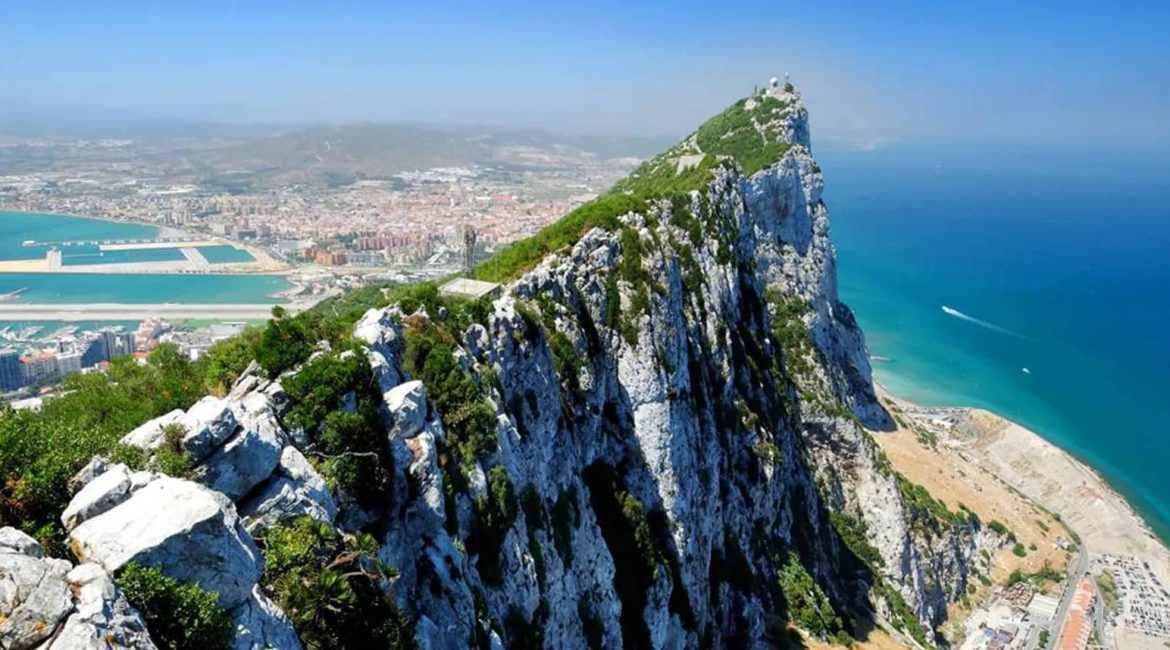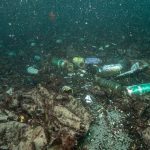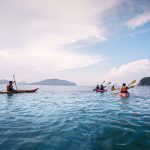REGION
Mediterranean and GibraltarOBSERVATION
Marine Mammal SanctuaryPERIOD
2002AUTHOR(S)
Julien MARCHAL44 pages

Hello to all,
Report entitled: Tourism and Cetaceans, Study of Concerned Stakeholders, Mediterranean Tour Proposals in the Mediterranean Marine Mammal Sanctuary and Gibraltar (2002).
In 2002, I did a year at the Montpellier Business School (SupDeCo) with a major in tourism. The aim of the course, entitled Responsable Manager de Projet Commercial (Sales Project Manager), was to draw up, develop and implement a sales project. I did a compulsory four-month internship in Lyon (France) for a tour operator called "Terra-Incognita".
In their tours, they want to offer cruises to discover cetaceans in the Mediterranean. But they're not sure if this product will work and attract customers. We agreed to carry out a market study of all the agencies offering this activity and to find out about their receptives. In other words, the names and prices of companies likely to welcome tourists on site as a service provider. The result was this internship thesis, of which I'm quite proud.
Introduction
The idea of creating a sanctuary began in 1989. The use of driftnets (banned since 2002), maritime traffic and pollution had raised awareness of the dangers to cetaceans. It took ten years of negotiations (1989-1999) to reach agreement on the Mediterranean Marine Mammal Sanctuary. This took place on November 25, 1999 in Rome between France, Monaco and Italy. The agreement came into force on February 21, 2002. It covers an area of 87500 km2. Its boundaries are as follows: to the west, a line running from the point of the Giens peninsula : (43°01'70''N- 06°05'90''E) to Capo Falcone, on the west coast of Sardinia (40°58'00''N - 08°12'00''E); to the east, a line running from Capo Ferro, on the north-east coast of Sardinia (41°09'18''N - 09°31'18''E) to Fosso Chiarone, on the west coast of Italy (42°21'24''N - 11°31'00''E). Located in the Corso-Liguro-Provençal basin, this reserve aims to protect cetaceans and their habitat. It is estimated that between 1000 and 3000 fin whales (Balaenoptera physalus) and 25,000 blue and white dolphins (Stenella coeruleoalba) frequent the sanctuary.
Sincerely.
Montpellier, FRANCE, 2002.
Julien Marchal




